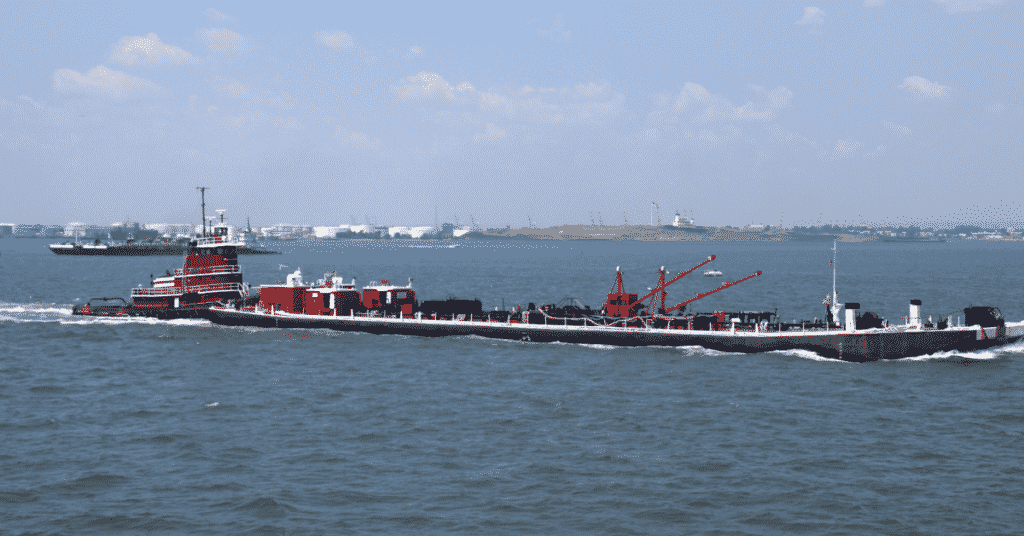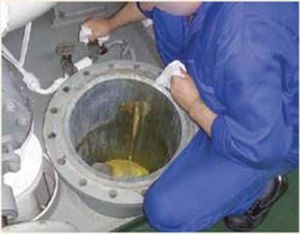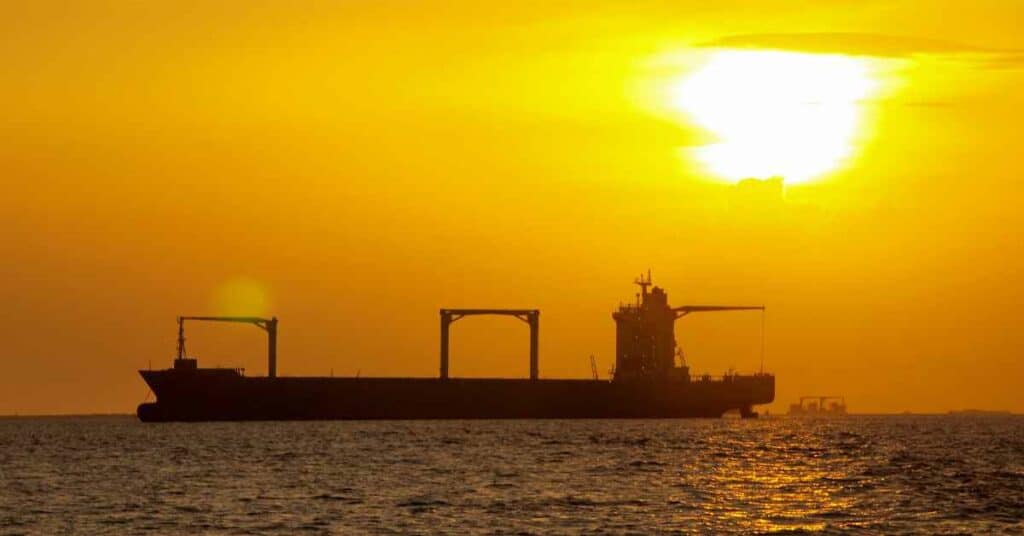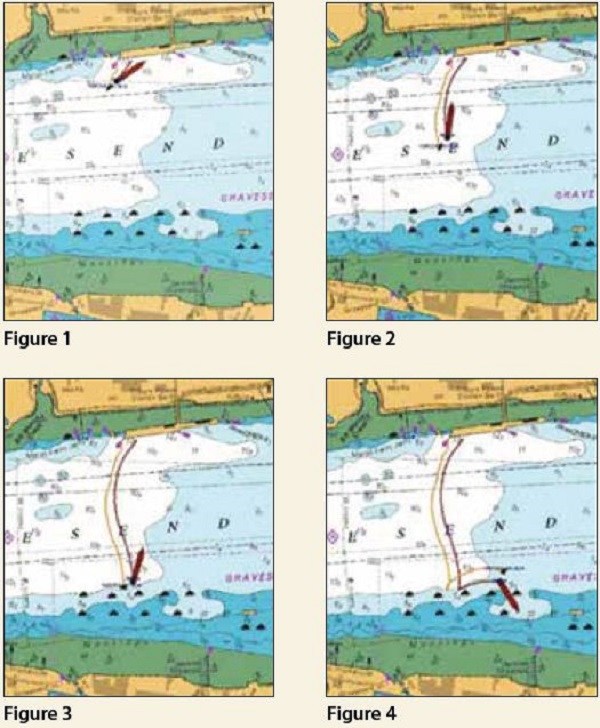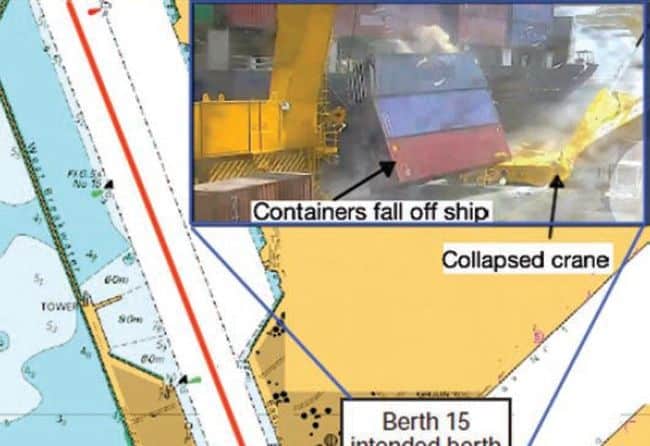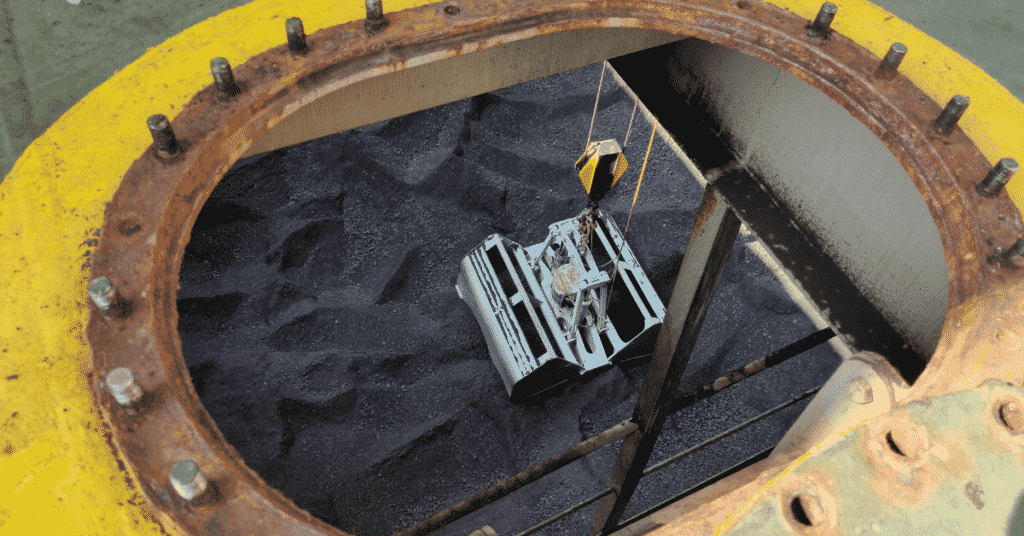Case Study: Stevedore Fatality In Enclosed Hold Ladder Space
A bulk carrier was in port. A safety and unloading meeting was held between the port production coordinator and the ship’s crew, and the stevedores began to discharge the cargo of coal. During the meeting, the Master pointed out that the vessel had enclosed ‘Australian’ hold access ladders (i.e. with intermediate platforms at certain points), so there was a risk of oxygen deficiency in these spaces. It was stated that stevedores should access the holds via the unenclosed straight ladders, which could be accessed via booby hatches that would be opened by the crew.
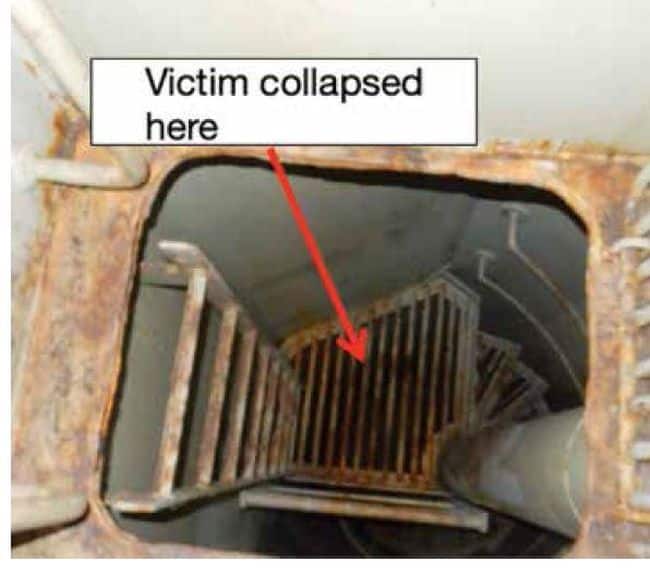
Unloading proceeded all day. In the evening a new stevedore gang was brought on board. The handover between the two stevedore gangs was unstructured and the information that the stevedores were not to use the Australian ladders went unmentioned. Stevedore A was to drive the loader in hold 7. He proceeded to enter the hold through the Australian ladder access. When the supervisor did not see stevedore A come into the hold he tried to radio him, but there was no answer. He went to the Australian ladder entrance and saw the victim laying on the first platform below the hatch.
The supervisor entered the enclosed ladder space to help the victim and called on the radio for help. As he came near the victim he felt weak and dizzy; as he tried to escape he fainted. Another stevedore arrived and was able to extricate the supervisor. He then descended to try and help the first victim, but this time he too fainted. A third stevedore arrived with an emergency escape breathing device (EEBD) and, after speaking with the recovering supervisor, entered the space and extricated the second victim.
As word of the emergency spread, ship’s crew arrived with breathing apparatus (BA) equipment and the first victim was extricated using a rope. CPR was administered, but he was later declared dead. Some of the official findings within the report were as follows:
- The stevedores did not use personal gas meters.
- No gas measurement was made in the cargo spaces before unloading began.
- Handovers from one stevedore gang to the next were not sufficiently structured, so some safety-critical information was not passed on.
Lessons learned
- Workers in any enclosed space should have personal gas meters with them. Those spaces should also be tested prior to entry.
- All access points to holds should be controlled by ship’s crew and kept locked when their use is unauthorised.
- Never go into an enclosed space to save a victim unless you are part of a team and equipped with full BA equipment (not EEBD).
Reference: nautinst.org
Do you have info to share with us ? Suggest a correction
About Author
Marine Insight News Network is a premier source for up-to-date, comprehensive, and insightful coverage of the maritime industry. Dedicated to offering the latest news, trends, and analyses in shipping, marine technology, regulations, and global maritime affairs, Marine Insight News Network prides itself on delivering accurate, engaging, and relevant information.

About Author
Marine Insight News Network is a premier source for up-to-date, comprehensive, and insightful coverage of the maritime industry. Dedicated to offering the latest news, trends, and analyses in shipping, marine technology, regulations, and global maritime affairs, Marine Insight News Network prides itself on delivering accurate, engaging, and relevant information.
- Real Life Incident: Vessel Collision in Good Visibility
- Real Life Incident: Severe Injury To Deck Crew While Leaving Berth
- Real Life Incident: Departure Damage in Very Restricted Waterway
- Real Life Incident: Low Situational Awareness Has High Impact Consequence
- Real Life Incident: Fouled Anchor in a Designated Anchorage
- Real Life Incident: Fire On Barge Carrying Scrap Metal Causes $7 Million Worth Of Damage
Latest Case studies Articles You Would Like:
Subscribe To Our Newsletters
By subscribing, you agree to our Privacy Policy and may receive occasional deal communications; you can unsubscribe anytime.










